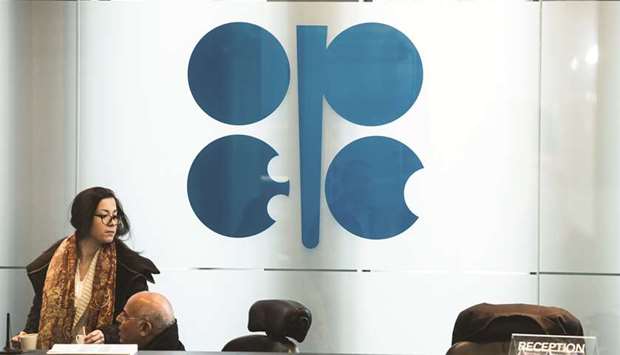Futures were poised for their biggest weekly rally since July in London, and crude in New York increased to a seven-month high. Saudi Arabian Crown Prince Mohammed bin Salman this week backed the extension of production cuts by Opec beyond March, fuelling optimism. At the same time, crude flows from Iraq to Ceyhan, Turkey, remain below normal levels and a US spokesman said the Kurds and Iraqis haven’t reached an official cease-fire.
“The Saudis keep pressing for an extension of the output-cut deal through next year, so the market is feeding off that and we are seeing signs of tightening,” John Kilduff, a partner at Again Capital LLC, a New York-based hedge fund, said in a telephone interview. “The Iraq-Kurd situation is also getting the attention of the market. The volumes are down out of Ceyhan. This is not resolving itself as quickly as it looked like it might have been.”
Brent for December settlement jumped 94¢ to $60.24 a barrel at 12:25pm New York time on the London-based ICE Futures Europe exchange after touching $60.53, the highest intra-day level since July 2015. Prices are up 4.3% this week. The global benchmark traded at a premium of $6.51 to West Texas Intermediate.
WTI for December delivery added $1.09 to $53.73 a barrel on the New York Mercantile Exchange. It touched $53.93, the highest price since early March, in intraday trading. Total volume traded was near the 100-day average.
Both the global benchmark and its US counterpart have rallied in October amid increasing belief that the Organisation of Petroleum Exporting Countries will agree to cut output later into next year, helping to work down global inventories. Statoil’s chief executive officer Eldar Saetre said in a Bloomberg Television interview that he continues to see strong demand and the oil market is “definitely balancing.”
“People are starting to price in the OECD inventories moving back towards normalized levels into later 2018,” Brad Hunnewell, senior equity analyst at Rockefeller & Co, said by telephone.
US Army Colonel Ryan Dillon, a spokesman for Operation Inherent Resolve, the US-led coalition against the Islamic State said in a Twitter message yesterday that he “incorrectly” said in an interview with Kurdish Rudaw news agency that there was a cease-fire between Iraqi and Kurdish forces. A rally in WTI immediately followed his message. Iraqi Prime Minister Haider al-Abadi suspended operations by federal forces for 24 hours in disputed areas to allow a joint Iraqi and Kurdish team to deploy forces, Sumaria TV reported.
As earnings season kicked off, Exxon Mobil Corp and Chevron Corp reported lower production compared with third-quarter estimates. Total posted the highest earnings from pumping oil and gas in more than two years, and its chief executive officer Patrick Pouyanne said the imbalance between crude supply and demand is finally dissipating.
“You’ve had a couple of the major international oil companies reporting production results that have been perhaps modestly below street expectations,” Hunnewell said. That’s also lending support to oil’s rally, he said.
The Standard & Poor’s 500 Energy Index was up the most in almost two weeks, with Cabot Oil & Gas Corp, Hess Corp and Noble Energy leading the pack.
A logo is seen behind the reception desk at the Opec Secretariat in Vienna. Brent for December settlement jumped 94¢ to $60.24 a barrel at 12:25pm New York time on the London-based ICE Futures Europe exchange after touching $60.53, the highest intra-day level since July 2015.

